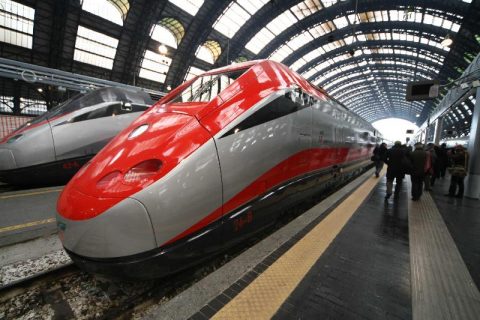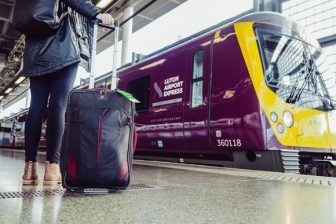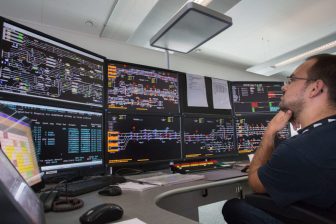
Italy rejects plan to increase speed trains to 350 kilometres per hour
The Italian Ministry of Infrastructure and Transport and the National Railway Safety Agency (NRSA) have rejected a plan to increase the maximum speed of high-speed trains from 300 kilometres to 350 kilometres per hour on some sections. Italy’s infrastructure manager Rete Ferroviaria Italiana (RFI) proposed the plan to decrease journey times.
The organisations reject the plan for both technical and economic reasons: the increased energy consumption and operating costs outweigh the benefits of time saving and the possible increase in traffic. Furthermore, there is a risk from flying ballast when two trains pass each other at such high speeds. The Ministry of Infrastructure and the NRSA find this risk to be unacceptable.
Reduction in journey times
According to RFI, increasing the maximum speed by 50 kilometres per hour on certain sections could reduce journey times. For example, the journey time from Rome to Milan could be lowered by ten minutes. That trip now takes 2 hours and 55 minutes non-stop.



